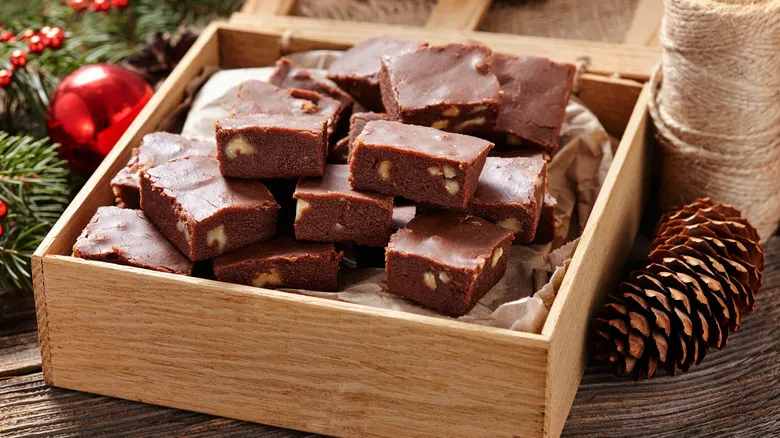Preventing fudge-making catastrophes
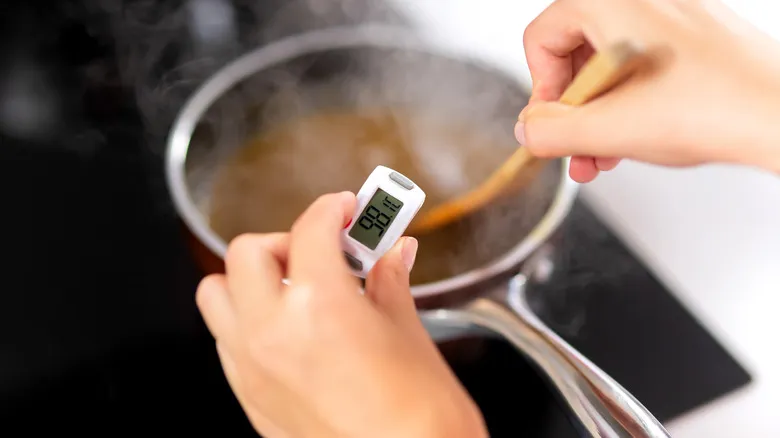
In contrast to the quick fudge recipes that use marshmallow cream, sweetened condensed milk, or even Velveeta, traditional fudge making—and candy making in general—demands patience, accurate measurements, and, unless you have an alternative method, a dependable candy thermometer. The difference between various stages of candy making is often just a few degrees, and without a trustworthy thermometer, you risk wasting significant time and ingredients. To check the accuracy of your thermometer, simply measure a pot of boiling water. If it reads 212 degrees Fahrenheit (at sea level), you’re good to go.
Another important tip for achieving a perfectly smooth batch of old-fashioned fudge is to avoid stirring once the sugar has dissolved and the mixture reaches a boil. Why is this crucial? Stirring introduces what are known as nucleation sites, which create favorable conditions for crystallization. If you stir during this stage, tiny particles of dust or larger sugar crystals from the pan's sides can become seed crystals, leading to the formation of larger crystals that result in a gritty texture. Additionally, once cooking is complete, pour your mixture into the prepared pan as soon as it starts to lose its glossy appearance to ensure it sets properly.
Recommended

The Closest Substitute For Caster Sugar In A Recipe
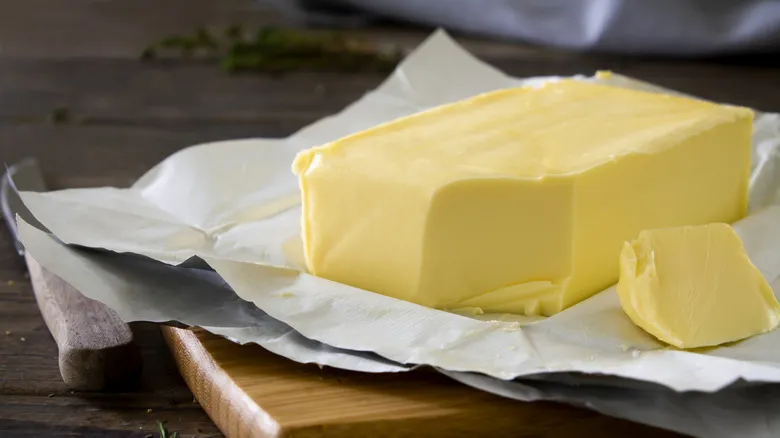
Here's How Many Sticks Of Butter Are In One Cup
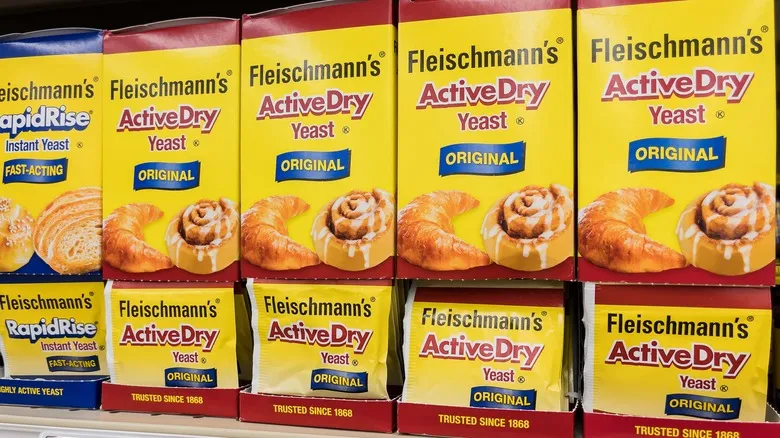
The Difference Between Active Dry And Instant Yeast Explained
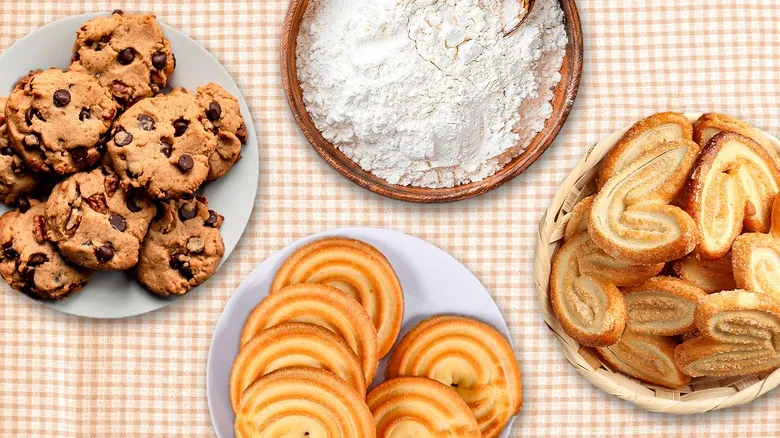
16 Common Baking Mistakes That Are Ruining Your Cookies
Next up

